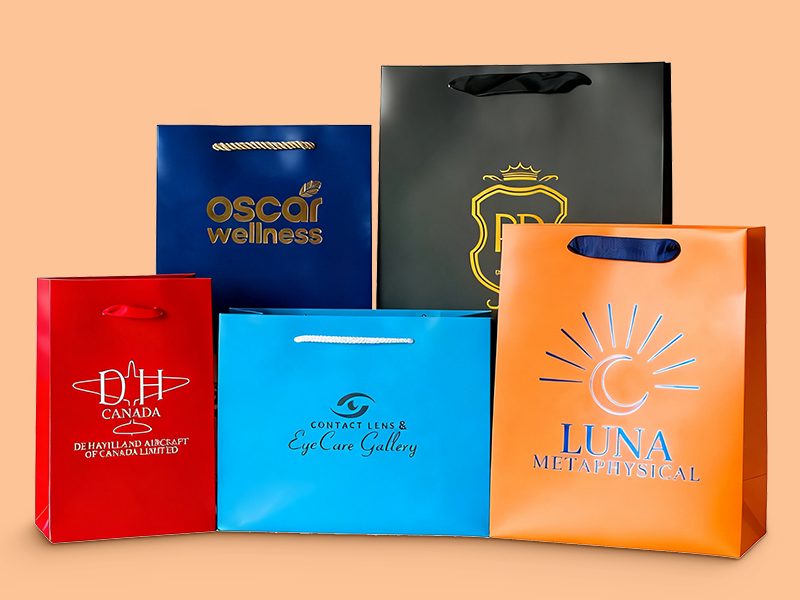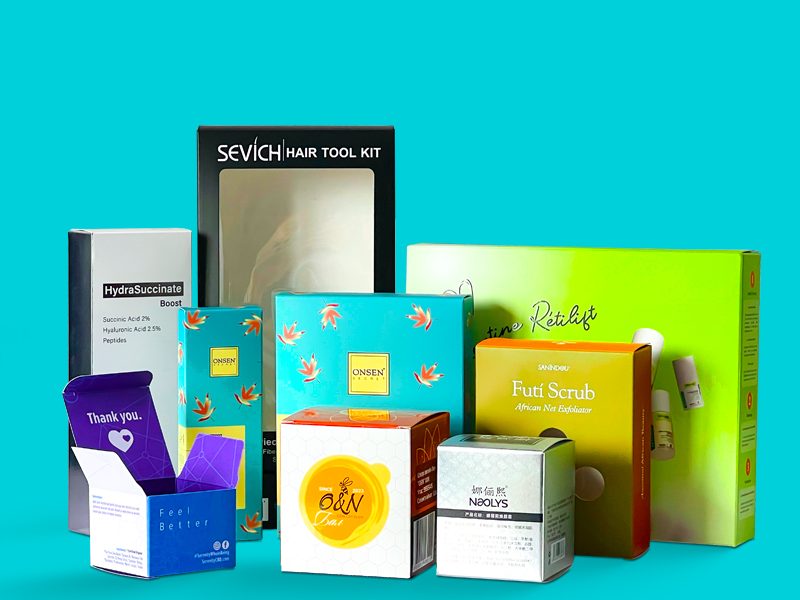

For many entrepreneurs venturing into jewelry packaging customization, a puzzling question often arises: Why did plastic-blank jewelry boxes, once so popular, see a sharp decline in demand over the past decade? Today, most packaging manufacturers have shifted their focus to paper-based jewelry boxes. Beyond the national advocacy for sustainable development policies, what other key factors have driven this significant transformation? Let’s dive into the details and explore the real reasons behind this industry shift.
Plastic-blank jewelry boxes have a notable characteristic: they tend to be relatively tall, which creates practical inconveniences for consumers.
In contrast, paper jewelry set boxes solve these problems perfectly. Most paper box manufacturers opt for flip-top or drawer-style designs. When paired with inner liners (such as foam or velvet inserts), these boxes only expose the core part of the jewelry (instead of the entire piece standing tall). As a result, the height of paper boxes is typically only 60%–70% of plastic-blank boxes, while their base area is expanded to fit neatly into paper bags—like building blocks, they stack uniformly without tipping. This not only enhances portability but also elevates the overall gifting experience.
Another key advantage of paper jewelry boxes lies in their craftsmanship flexibility when it comes to surface materials. Let’s compare the two types of boxes using a simple table:
| Feature | Plastic-Blank Jewelry Boxes | Paper Jewelry Boxes |
|---|---|---|
| Surface Material | Mostly PU leather or non-paper materials | Specialty paper (pre-treated for texture/finish) |
| Usable Craft Techniques | Limited to hot stamping (few other options) | Diverse: embossing, debossing, UV printing, foil stamping, etc. |
| Branding Potential | Low (simple logos via hot stamping) | High (unique textures + custom crafts = brand recognition) |
| Aesthetic Variety | Monotonous (similar PU leather looks) | Rich (matte, glossy, textured, or metallic finishes) |
For example, a luxury jewelry brand launching a “vintage floral” collection could use textured specialty paper for its paper boxes, add embossed floral patterns (to create a 3D effect), and finish with gold foil stamping for the brand logo. This combination not only looks high-end but also leaves a lasting impression on customers—something plastic-blank boxes (with only hot-stamped logos on PU leather) can rarely achieve.
Specialty paper itself is a “pre-finished” material: it may come with subtle textures (like linen or kraft) or eco-friendly coatings (like water-based varnishes), which add to the box’s visual appeal without extra effort. For a series of jewelry sets, using consistent specialty paper across all boxes can even become a brand signature—customers will associate that unique paper texture with your brand, strengthening brand loyalty.


For jewelry brands and packaging manufacturers alike, cost and market responsiveness are crucial factors. Let’s break down how paper boxes excel in these areas:
To help you better understand why paper is the preferred choice, let’s answer some frequently asked questions:
A: Not at all. High-quality paper boxes (made with thick cardboard and reinforced liners) can be just as durable as plastic-blank boxes. For example, boxes using 1200gsm cardboard (a thick, sturdy paper) can withstand minor impacts (like being placed in a handbag) without bending. Additionally, inner liners (such as velvet or EVA foam) protect jewelry from scratches—just like plastic-blank boxes.
A: Absolutely. Many luxury jewelry brands (such as Tiffany & Co., which uses signature blue paper boxes) rely on paper packaging. The key is to pair high-quality specialty paper with premium crafts (like hand-gluing or silk liners). A well-designed paper box can convey elegance and luxury—sometimes even more so than plastic, as it feels more “handmade” and exclusive.
A: It depends on the order volume, but for most brands (especially small to medium-sized ones), paper boxes are more cost-effective. For example, a batch of 500 custom paper boxes (with embossing and foil stamping) might cost $1.5–$3 per unit, while the same quantity of plastic-blank boxes (with PU leather and molds) could cost $3–$5 per unit. The more you order, the lower the per-unit cost of paper boxes.
At the end of the day, both plastic-blank and paper jewelry boxes serve the same core purpose: to protect and showcase jewelry. But the shift to paper boxes is not just a trend—it’s a response to consumer needs (portability, aesthetics) and market demands (sustainability, cost-efficiency).
As a gift box customization company, we’ve seen firsthand how paper jewelry boxes help our clients enhance their brand image and customer satisfaction. For example, a local jewelry brand we worked with switched from plastic-blank to paper boxes for their “Minimalist Collection.” They used matte white specialty paper with subtle debossed logos, and customers loved the sleek, lightweight design—sales of the collection increased by 25% within three months.
If you’re considering customizing jewelry set boxes, paper is not just a “compliance choice” for sustainability—it’s a strategic choice to create a better experience for your customers. After all, the best packaging is one that makes users think: “This is exactly what I need.”

For many entrepreneurs venturing into jewelry packaging […]
Imagine this: You’ve just scored 3 winter coats on Blac […]
Compared to traditional cutting methods, V-groove scori […]
The production of gift packaging boxes continues to evo […]